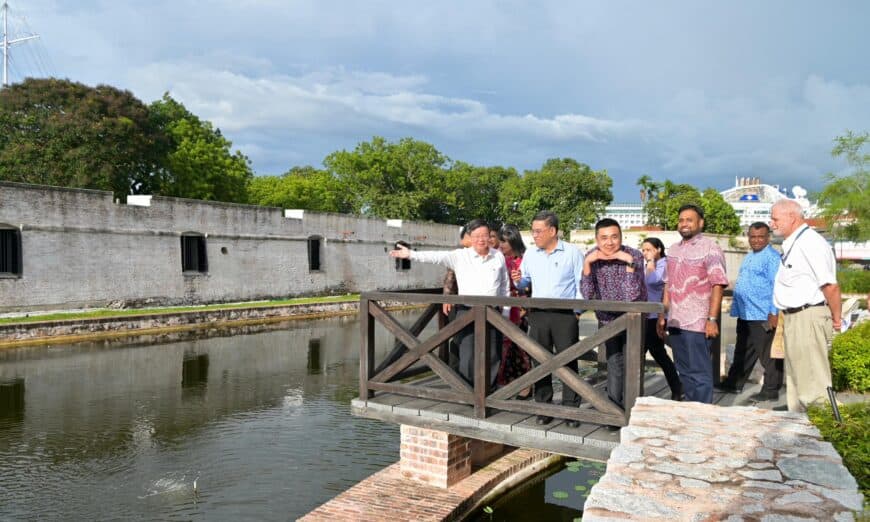TWO highly anticipated projects in Padang Kota are nearing completion, signalling a significant boost to Penang’s historical and cultural precinct.
The projects are the reinstatement of the moat at Fort Cornwallis and the redevelopment of the Astaka Kota Selera food court nearby.
Chief Minister Chow Kon Yeow, who is also the Padang Kota assemblyman, said the Southern moat at Fort Cornwallis was restored in July 2024, and work on the Western moat is ongoing, with completion expected by July this year.

“The total investment in the project is about RM23.4 million. Of this, RM15.3 million has been funded by the Penang government, with additional support from Think City and Yayasan Hasanah.
“The restored moat uses traditional building methods and materials. Built on-site within a modular grid, it’s designed for long-term stability.
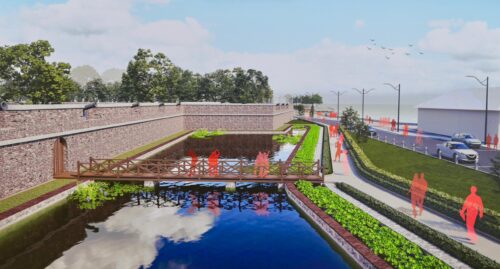
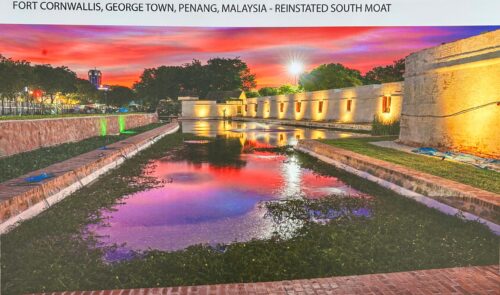
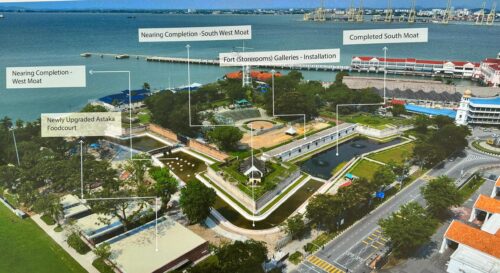
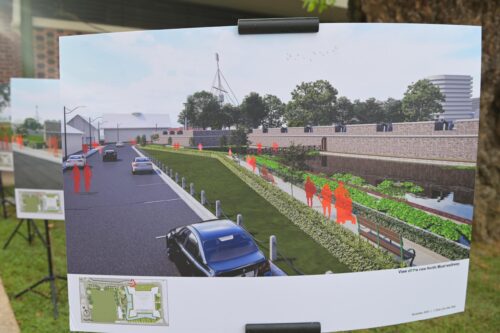
“The completed Southern and Western moats now form a 4,000sq m water basin, 0.9 metres deep, and can hold about 3,600 cubic metres of water.
“Its ecological concept incorporates a mechanical sand filter within the moat basin and a vegetated bio-retention swale between the moat edge and outer glacis wall,” said Chow during a site visit today.
Also present were state executive councillors Wong Hon Wai, Lim Siew Khim, Jason H’ng Mooi Lye, Datuk Seri Sundarajoo Somu, Think City managing director Hamdan Abdul Majeed and Chief Minister Incorporated (CMI) general manager Datin S. Bharathi.
Chow added that the project also aligns with the United Nations Sustainable Development Goals (SDGs), particularly in the areas of sponge city model, ecological biodiversity, climate adaptation environmental awareness and community engagement.
Speaking about the Astaka Kota Selera, Chow said it will be officially opened on June 2.
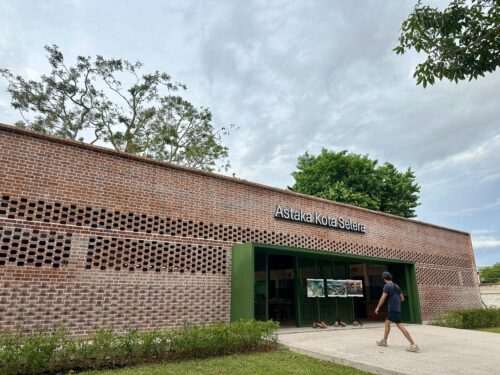
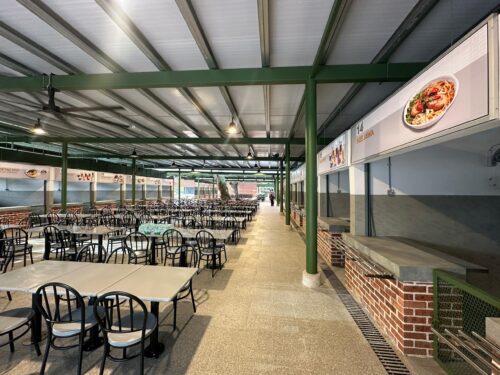
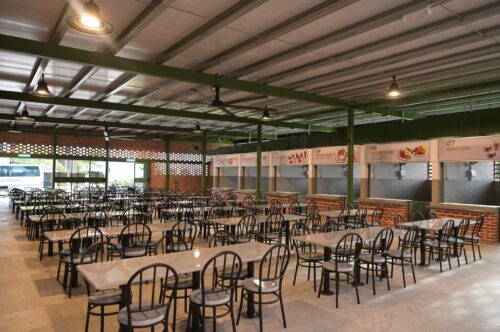
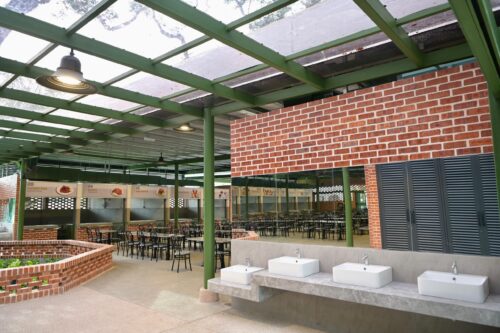
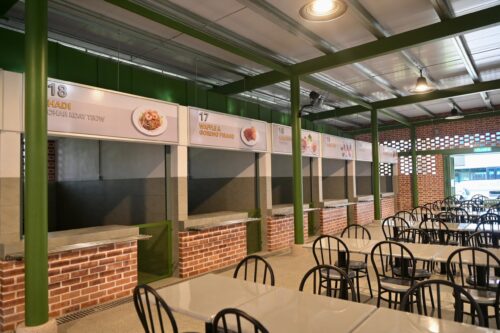
“It has recently undergone a comprehensive redevelopment as part of the broader North Seafront Improvement Programme.
“The project is closely linked to the reinstatement of the Western moat, as the previous food court had been constructed directly over part of the moat’s original alignment.
“To allow for archaeological excavations and the reconstruction of the moat, the food court was carefully relocated slightly westward.
“During this transitional phase, vendors were temporarily accommodated in a nearby playground area to ensure minimal disruption to their operations,” Chow explained.
Chow added that the new Astaka replaces the former food court and adjacent public toilets with a thoughtfully designed building that offers improved amenities while respecting the historic context of Fort Cornwallis.
“It accommodates 26 hawker stalls arranged along the perimeter of a spacious central court, providing clear visibility across stalls and seating areas.
“The space can seat up to 224 patrons and includes dedicated amenities such as a surau, accessible public toilets, and facilities for the disabled, including ramps and barrier-free access.
“The upgraded Astaka Kota Selera stands apart from typical food court developments, setting a benchmark for the sensitive insertion of new architecture within a historic urban fabric,” he said.
Story by Riadz Akmal
Pix by Muhamad Amir Irsyad Omar
Video by Siti Nuratikah Rahmat

